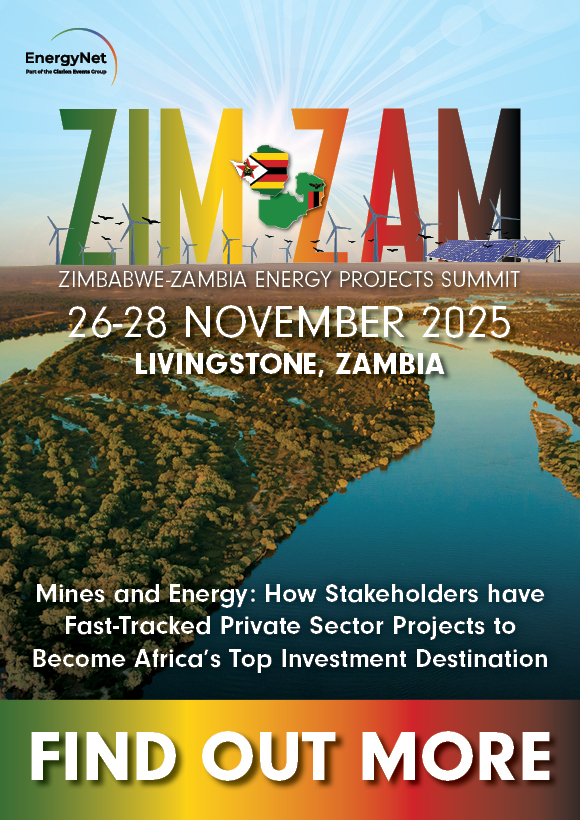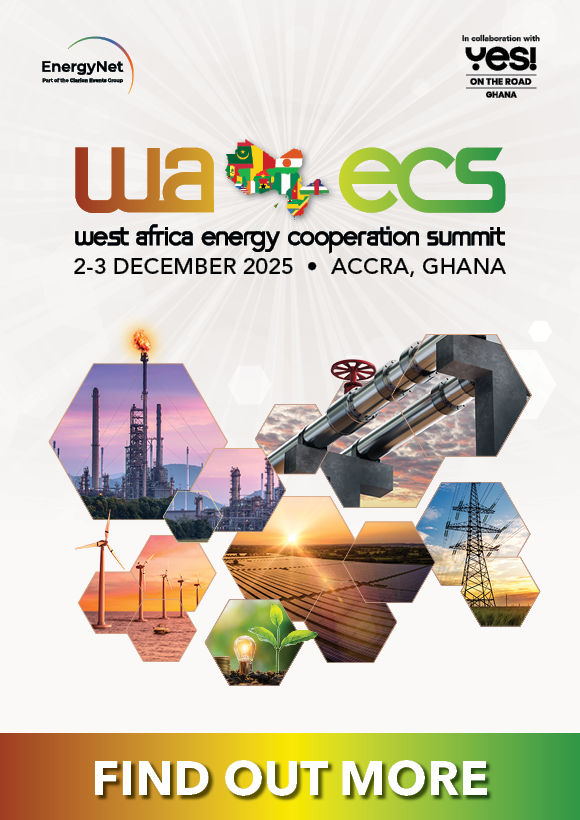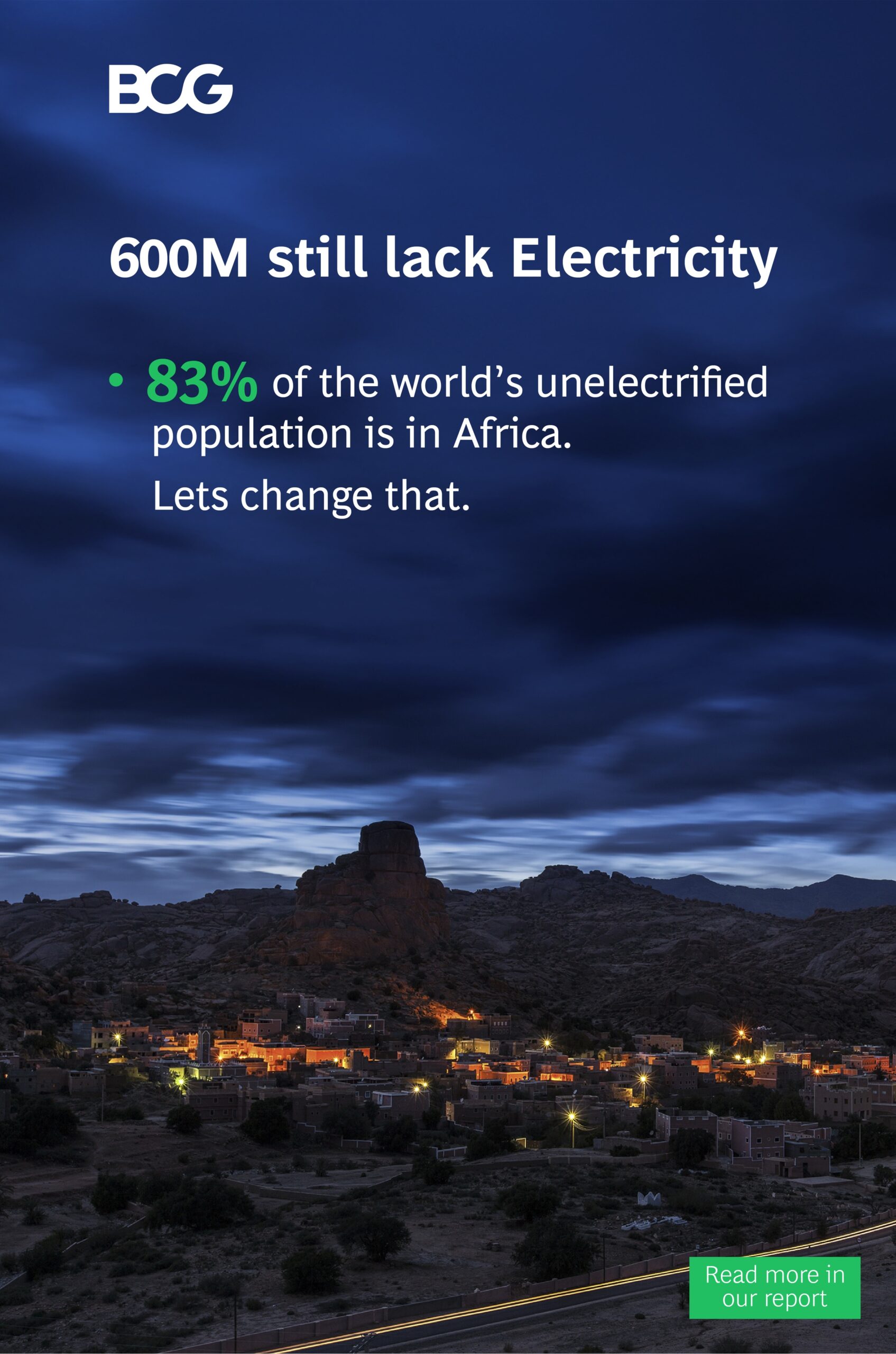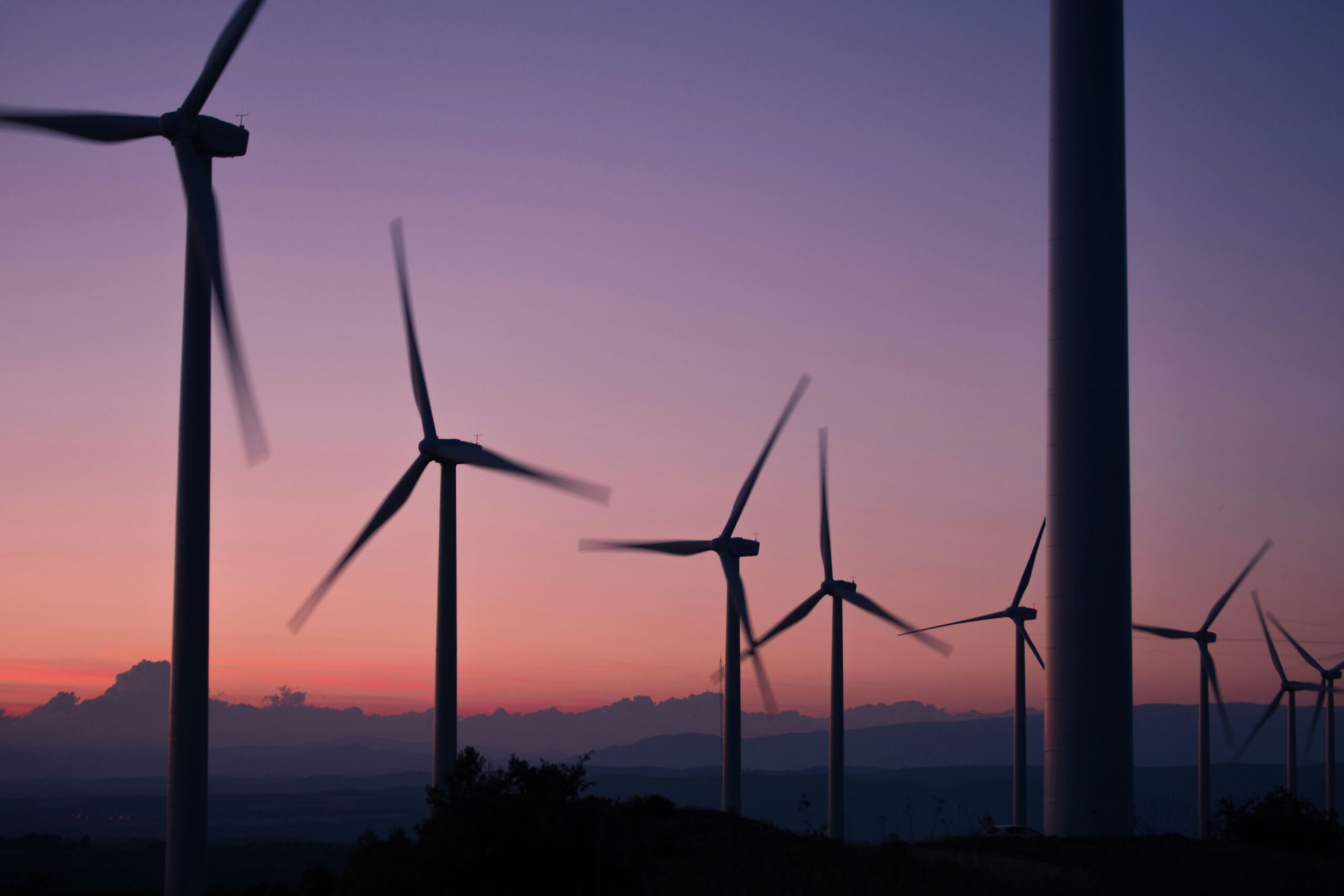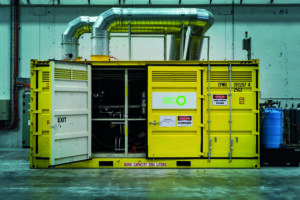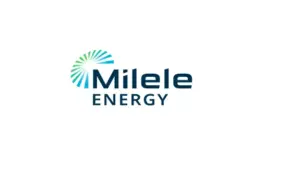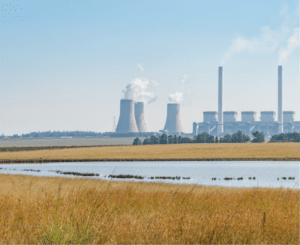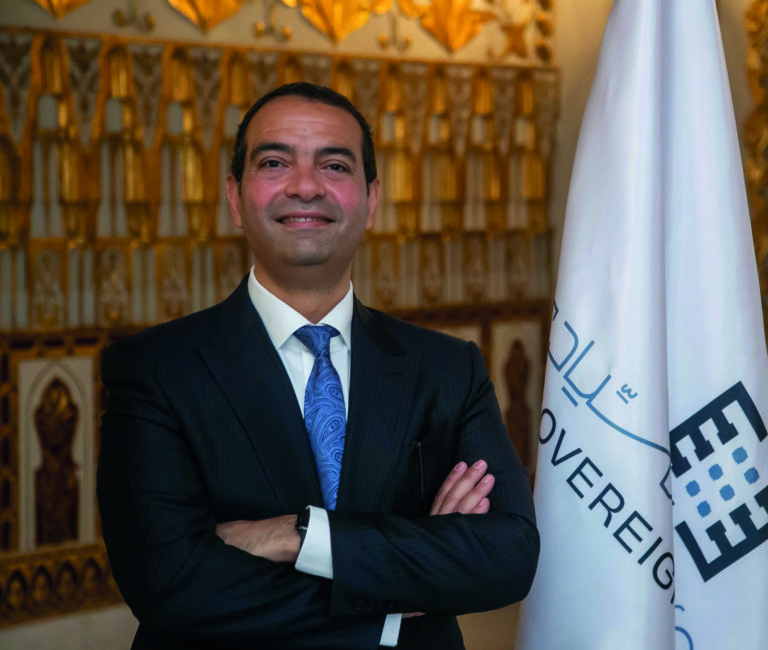
Egypt’s Green Transition
The Sovereign Fund of Egypt is seeking to mobilise private sector investment in green technologies. Harry Clynch spoke to its CEO, Ayman Soliman, about the Fund’s mandate, and the future of green energy in the MENA region
Last year, the International Monetary Fund (IMF) warned that Egypt is “highly vulnerable” to the financial consequences of a changing climate. Water scarcity, droughts, and rising sea levels could put the prosperity of communities dependent on agriculture, tourism, and coastal resources at risk, the IMF argued.
Partly because of this, the Egyptian government has already brought forward several initiatives designed to support the transition to a greener economy. While Cairo is yet to declare a net zero target, the government launched a billion-dollar National Climate Change Strategy in May 2022. The strategy is aimed at mobilising Egypt’s private sector and financial markets to help fund green projects.
A major part of this strategy involves using the power of the Sovereign Fund of Egypt to facilitate private sector investment in green technologies. Cairo sees green hydrogen in particular both as pivotal to North Africa’s green transition and as a lucrative economic opportunity.
Ayman Soliman, CEO of the Sovereign Fund of Egypt, explains that the potential economic benefits of investing in green energies are enormous because “North Africa has the most significant untapped renewable resources in the world.”
He also rejects the idea that Egypt is in direct competition with neighbouring countries in the North Africa and the Middle East (MENA) region who are similarly developing green energy capacities – countries such as Jordan, Morocco, and Saudi Arabia – because “the scale of the project and the volumes of green energy the world needs mean this is a regional opportunity.”
“Of course, there is a healthy level of competition between the different players in the region to try and attract resources,” Soliman tells African Business, “But we share common goals, including localising some of the industries involved in the green energy supply chain, such as component technologies. The question is: how can we all collaborate to ensure that we can house this manufacturing within the region? Scaling up benefits everybody.”
There have certainly already been initiatives designed to foster cross-border collaboration on green energy within MENA. Soliman points to the recent co-investment the Sovereign Fund agreed with the Omani Investment Authority as an example. In May, the two authorities agreed to invest jointly in a green hydrogen project that could cost up to $5 billion.
As projects such as this indicate, while the Sovereign Fund’s primary mandate is to make returns on investments made with public money, Soliman also sees the Fund as playing a strong role in fulfilling Egypt’s “strategic aims.” More specifically, he argues that the Fund’s role is to ease the way for private capital to come to Egypt.
“All of the ingredients are in place for developing industries such as green hydrogen – apart from capital. As in many emerging markets, Egypt has a scarcity of capital,” Soliman says.
He believes his role is therefore to reduce the risks for private enterprises wishing to invest in Egyptian markets and therefore incentivise greater levels of investment in strategic industries. “We are involved in discussions with the government to deliver a package of fiscal incentives to encourage companies to come and invest in renewable and clean energy, such as green hydrogen and green ammonia,” he says.
While the exact nature of these incentives is still to be defined, Soliman says that at the recent COP27 in Sharm-el-Sheikh, the Sovereign Fund “signed nine framework agreements and 23 memorandums of understanding (MOUs) with the government and local authorities, such as the Suez Canal Economic Zone, to work on frameworks to encourage investors into these industries.”
The Sovereign Fund of Egypt clearly has a wide mandate and is motivated to drive broad change in Egypt – but it is also, in Soliman’s words, “a very young sovereign fund.” The organisation was only established in 2018 and is dwarfed in terms of assets under management (AUMs) by its regional partners, particularly in the Gulf. Total assets currently amount to a relatively modest $637 million – a stark contrast to the $620 billion that Saudi Arabia’s Public Investment Fund is thought to have.
Soliman believes, however, that this gives the Fund an advantage when it comes to embracing green hydrogen and other sustainable technologies. “We enjoy the latecomers’ benefit of building our portfolio in a greener manner,” Soliman tells African Business, which means that “while the current size of our AUM is not as big as others, we have the largest portfolio of green projects – this is where we are very different from other sovereign wealth funds.”
He is similarly optimistic when discussing the effect that economic turbulence in Egypt has affected the Sovereign Fund’s activities. In December last year, Egypt was forced to turn to the IMF for a $3 billion bailout programme, which was presented as “a comprehensive policy package to preserve macroeconomic stability, restore buffers, and pave the way for inclusive and private-sector-led growth.” In the aftermath of the package, which included liberalisation of the country’s foreign exchange markets, the Egyptian Pound fell to record lows against the dollar, helping to contribute to higher inflation for essential goods.
Has this volatility affected the Sovereign Fund’s ability to invest in green projects? Soliman says that “in every challenge there is a silver lining” and notes that “for infrastructure projects, a weaker currency can become a good advantage because Egypt becomes more competitive than other markets where the currency is stronger.”
For example, the Egyptian government has established a committee to develop a $40 billion national hydrogen strategy, much of which involves exporting green hydrogen to foreign markets. “Export-orientated businesses are resilient to drops in the currency and we envisage green hydrogen projects as being export-orientated […] this strengthens our business case rather than weakens it,” Soliman says.
More widely, Soliman also notes that “the natural defence mechanism of emerging markets is above average, double-digit returns on investment.” He remains confident that the fundamental business case for green energy production in Egypt remains strong despite shorter-term volatility in the country’s markets.
The volatility on international energy markets last year proves his point, Soliman believes. Oil and gas prices soared in the aftermath of Russia’s invasion of Ukraine and the sanctioning of Russian exports by the US and other Western countries. “The rise in gas prices was a good opportunity for the green hydrogen business case,” Soliman says. “There was a point in time when green hydrogen was cheaper than natural gas.”
While natural gas and oil prices have now come down, Soliman believes that green energies will only grow more competitive as the technology continues to develop and grow in sophistication. “Mainstream prices of the technology will evolve, and the technology will get cheaper,” he says. “As we’ve seen in all other industries as they mature, the unit production costs come down. At that point growth will be accelerated.”
Should this “acceleration” transpire, as Soliman expects, the Sovereign Fund of Egypt would be well-positioned to reap the financial rewards.


